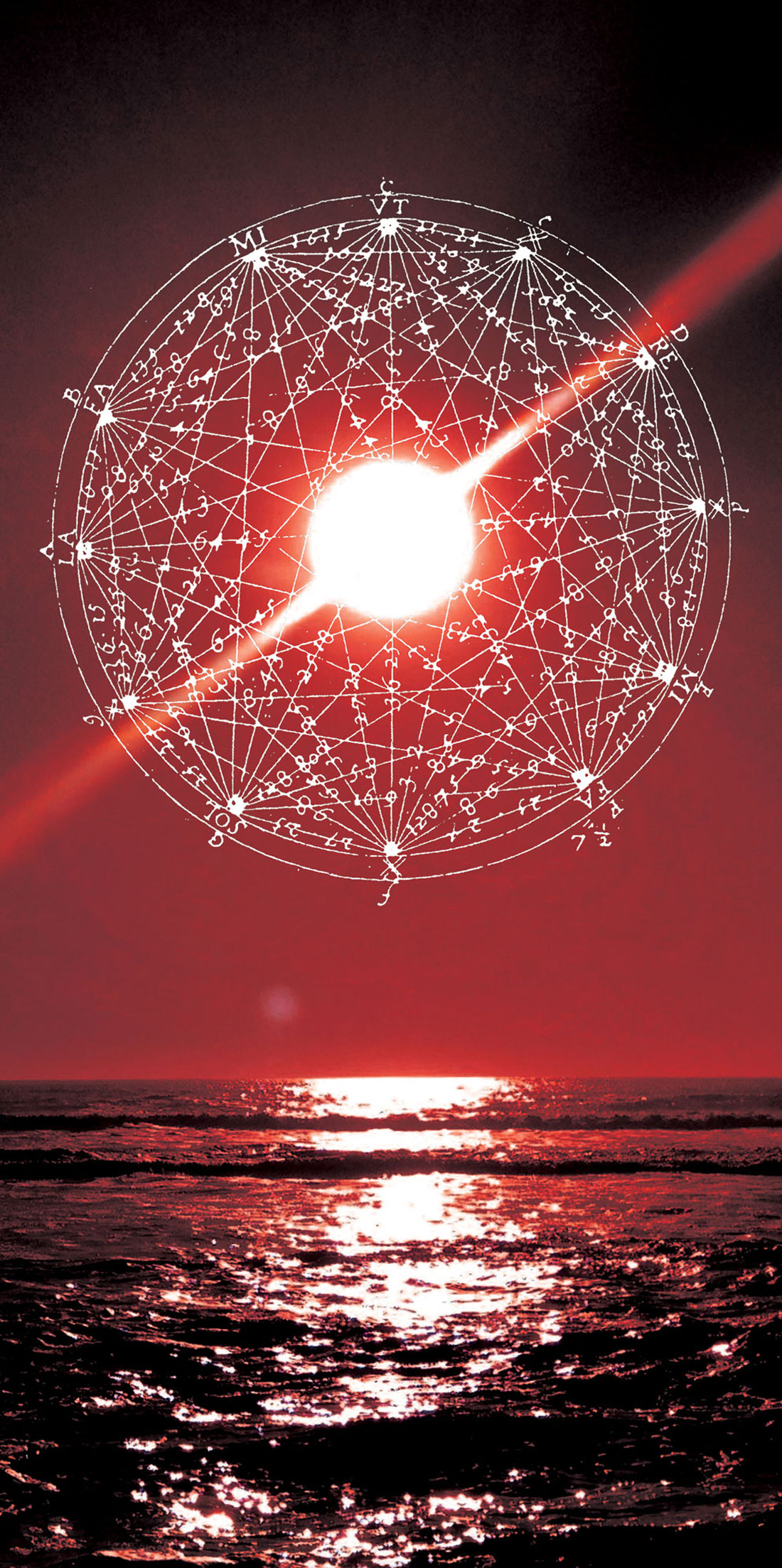The SF-2 is a phantom-powered version of Royer's discontinued SF-1 ribbon mic, which means you get to press the +48V button without feeling like you've brought about the end of humanity. After that initial high wears off, you can start to record some really, really beautiful sounds using the mic.
The SF-2's ribbon element is smaller than those found in Royer's popular R series. It is also thinner (1.8 microns versus 2.5 microns in the R models), so it can't quite take the beating of a guitar cab or a kick drum. The benefit seems to be in terms of resolution on acoustic instruments. Since I'm used to being able to place a Royer R-121 [Tape Op #19] in front of loud sources, I wanted to determine an in-use sound pressure threshold for the SF-2. Royer was good enough to send a pair for evaluation. I started by positioning the SF-2s about 8 ft above a drum kit, spaced 4 ft apart. From there, I slowly lowered them towards the drums. Initially they captured the kit splendidly, though with a bit more nuance than I'm used to from a ribbon. That's not to say that they're bright or hyped in any way, but simply that they provide an articulate top end from the get go. As I moved them closer to the kit, the definition became more cluttered, as expected, so I halted the experiment at around 6 ft from the kit. I will say, however, that had I been recording a jazz player, I could see positioning the mics as one normally might, at say, 4 ft above the kit. As room mics, the SF-2s were excellent. The lack of harshness at 4-5 kHz allowed me to really bring them up in my mix without issue, while enjoying the additional benefits of the aforementioned 8-10 kHz detail.
I then set them up as a spaced pair about 1 ft away and 18'' apart on a rather "jangly" sounding 1954 Gibson acoustic to see how they handled its rather complicated high-mids. All I'll say is that I didn't have to touch my EQ, and I still haven't fiddled with the tone even as I start to pre-mix the project. On more neutral sources like vocals and piano, I did find that a little extra 12 kHz bump of EQ helped the tone to breathe a bit more. When close mic'ing strings, this was particularly helpful; there were no traces of shrillness - just an even, velvety tone. At a distance, the sound was balanced and silky. The SF-2 needed no such help as an electric guitar room mic, as placing it about 20 ft away and off-axis to the cab provided some really buttery ambiance. Being an active ribbon, the SF-2 is plenty loud without the self-noise that is typically associated with passive ribbons.
I should emphasize the number of times I found myself marveling at how consistently smooth and pleasant the SF-2 is, application non-withstanding. While it may have been designed primarily for classical use, I found that it thrived in nearly any situation, and resultantly has usurped all other ribbons at my disposal as my go-to ribbon mic. While I'd prefer for the SF-2 to ship with a shockmount that matches its tax- bracket, so to speak, instead of the prone-to-slippage subpar mount that's included, I have a hard time being critical of such a well-designed mic.




_disp_horizontal_bw.jpg)